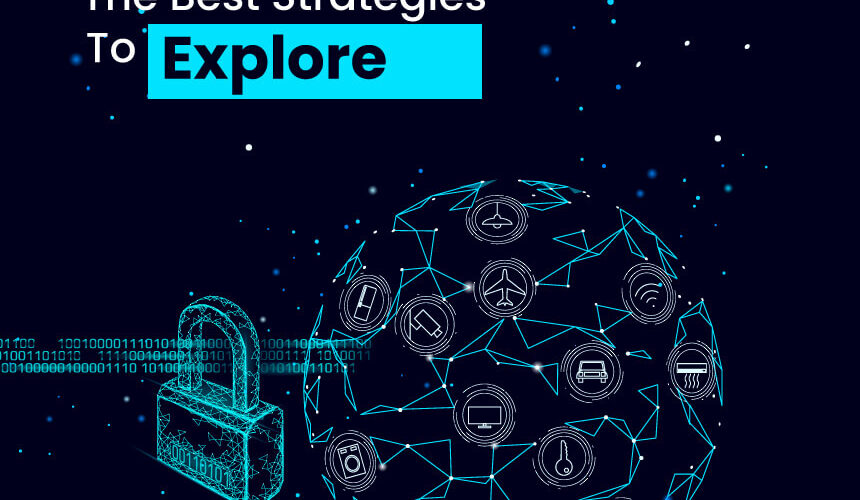IoT is all around us, enabling smart operations across various physical devices such as smartphones, smartwatches, smart vehicles, smart grids and, smart cities. They have transformed our lives in how we work and fulfil our daily activities.
Studies have been conducted to determine devices connectivity and the technologies running around them. The results have proved the necessity to enhance the security standards of IoT devices.
IoT governance strategy:
IoT devices are massively increasing globally. At the same time, risks also increase as the technologies associated with the devices have not yet gained the required standards and generate certain risks.
Systems have to deal with a wide variety of use cases, and thus the security of the systems should lie prominently to accomplish the tasks defined. Every possible danger exists for the IoT devices to be misused. Consequently, the most sensitive and personal information would reach the wrong hands.
Hence, the necessity lies to secure IoT devices:
Device manufacturers have to make sure that the IoT devices are security reliable. Majorly the devices have to go through standard testing procedures to maintain a safe and secure environment.
We are supposed to perform such testing procedures because the slightest fault in the existing system would cause a significant failure and exploit the system. There are specific strategies defined for minimizing the security risks, which are as shown below:
1. Implement network segregation: Place the IoT devices on their own network. Even if one or more is broken, the complete network system is not disrupted, i.e., the influence of the failure is least felt by the entire network system.
2. Track IoT devices activities: Classify the IoT devices, and trace their activities. Any strange communication alerts that something is wrong within the system. If the chosen paths are misled, the immediate need lies to correct it.
3. Supporting software necessity: Threats are common for IoT devices. If a vulnerability is identified or any update has been raised, organizations can support at the right time through the catalogue process.
4. Say No to distrust equipment: Consider those brands who take up security earnestly. This eases the organization’s burden to maintain security standards. Smart devices such as smartwatches carried by the employees should be regarded as distrust devices. Employees should have access to a separate network so that the organization’s network is not disturbed.
5. Train employees: Based on the relationship built by the employees with the IoT devices, education should be imparted to the employees. They must be aware of what are the various IoT systems in an organization, to what extent they have to be used, and the possible risks that arise out of using them. So they have trained about how to handle risks when any suspicious activities are performed. Training the network staff with the required tools that help restrict network access could be one instance of attaining secured performance.
6. Restrict internet connectivity: Consider a device requiring internet for any update. The best option to ensure security is to enable a separate window where updates can take place. Security threat is maximized if the IoT device is constantly connected through the internet.
7. Implement data privacy compliance: IoT ecosystems are distinct. Each has its unique storage system. In this regard, it is essential to choose manufacturers complying with the business standards.
Conclusion :
Wi-Fi, Bluetooth and the modern 5G technologies are the primary threat for disrupting the system security. However, hi-fi technologies can be leveraged with the required safety and secured measures.
As the development keeps building, security measures also have to be defined accordingly. ONPASSIVE, an AI-enabled organization, provides secured access through its AI tool, O-Virtual, that is built to secure networks. The product plays a major role through encrypted data transmission. Moreover, the quality of the connection is well analyzed to restrict high-risk connections. Enjoy the best results with the optimal usage of the tool.

Source link



